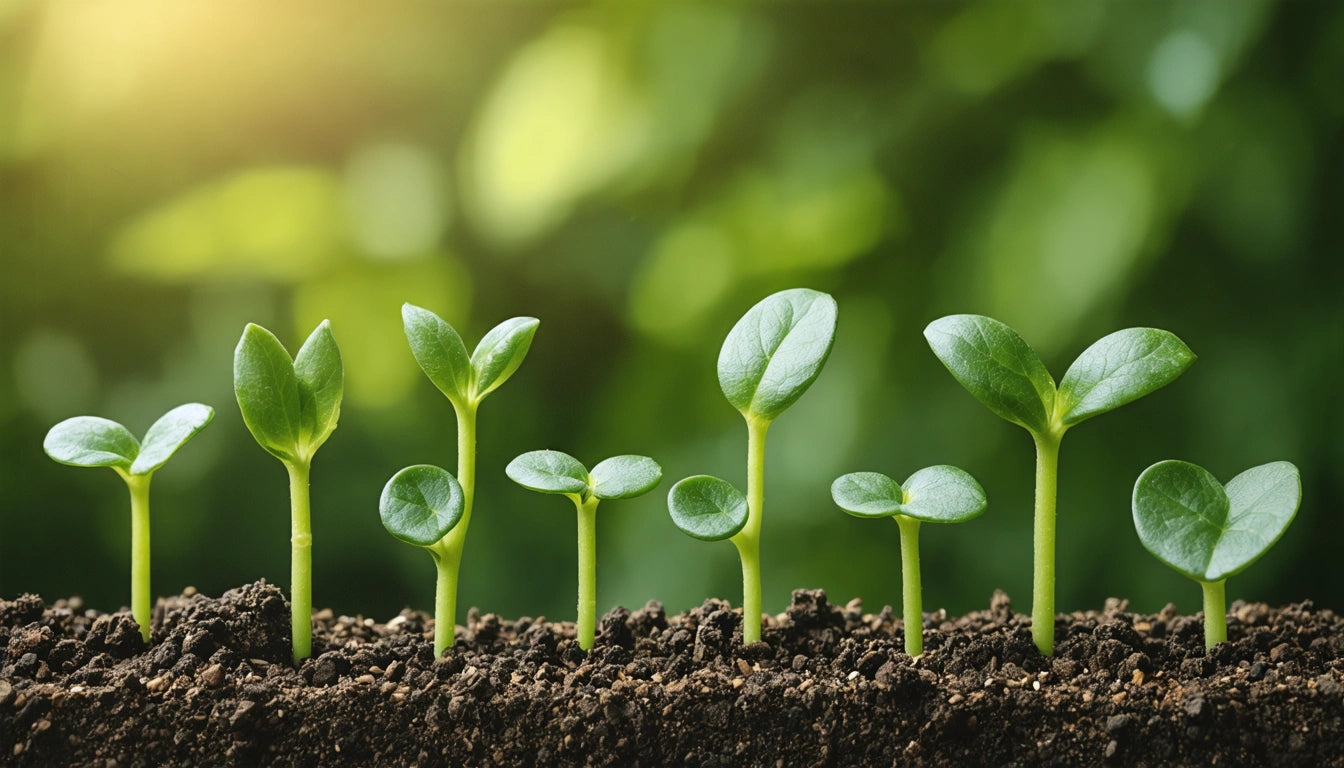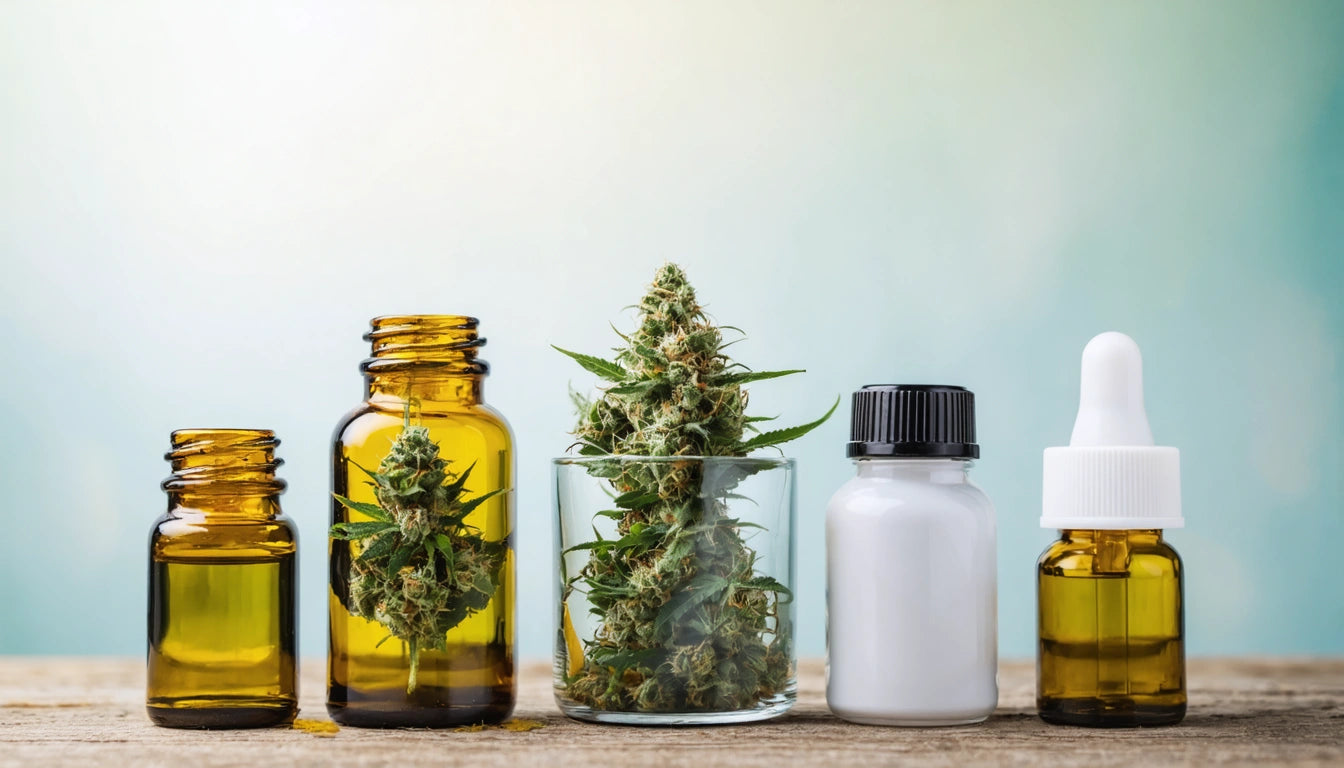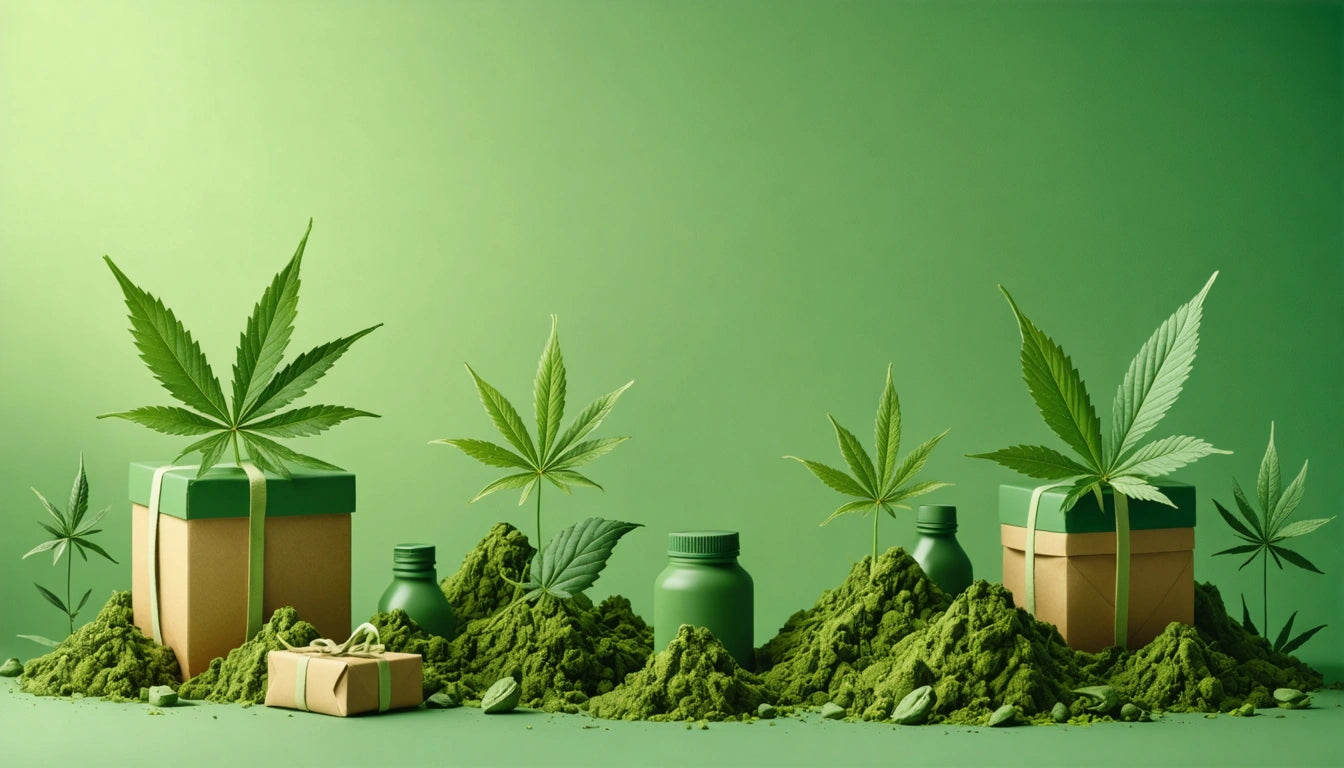Table of Contents
Understanding Seeds: Parts, Formation, and Role in Plants
Seeds are remarkable structures that contain everything needed to create a new plant. These small packages of life are essential for plant reproduction and survival across generations. Understanding what parts of a seed exist, what part of the plant makes seeds, and how they develop into seedlings provides valuable insights for gardeners, botanists, and anyone interested in plant life.
Seed Structure and Components: Understanding the Parts of a Seed
Every seed, regardless of plant species, contains three primary components that work together to support new plant life.
The Embryo: Future Plant in Miniature
The embryo is the living part of the seed that will develop into a new plant. It contains:
- The radicle: embryonic root that grows downward into soil
- The plumule: embryonic shoot that grows upward
- Cotyledons: the first leaves that sprout from a seed, also called seed leaves
The leaves that sprout from a seed are called cotyledons, and they differ from true leaves. Cotyledons are part of the seed itself and provide initial nutrients to the developing seedling before true photosynthesis begins.
Endosperm: The Nutritional Storehouse
The endosperm serves as a food reserve that nourishes the embryo during germination. It contains:
- Starches
- Proteins
- Oils
In some seeds, like corn, the endosperm makes up the majority of the seed. In others, like beans, the food is stored in the cotyledons themselves.
Seed Coat: Protective Outer Layer
The seed coat (testa) is the tough outer covering that protects the embryo and endosperm from:
- Physical damage
- Dehydration
- Pathogens
- Premature germination
Seed coats vary widely in thickness and permeability depending on the plant species and its natural environment.
Seed Formation in Plants: Where Do Seeds Come From?
Seeds develop from the reproductive structures of flowering plants. Understanding what part of the plant makes seeds requires knowledge of flower anatomy.
Flower Parts Responsible for Seed Production
The female reproductive organ in flowers is the pistil, which consists of:
- Stigma: receives pollen
- Style: connects stigma to ovary
- Ovary: contains ovules that develop into seeds after fertilization
The ovary is what part of the plant produces seeds. After fertilization, the ovules inside the ovary develop into seeds, while the ovary itself often develops into a fruit that surrounds and protects the seeds.
As detailed in our guide on seed production in female cannabis plants, specific conditions must be met for successful seed formation, including proper pollination and genetic compatibility.
Germination Process: From Dormant Seed to Seedling
Germination transforms a dormant seed into an actively growing seedling through a sequence of events.
Conditions Required for Germination
Seeds require specific environmental conditions to break dormancy:
- Water: to soften the seed coat and activate enzymes
- Oxygen: for cellular respiration
- Suitable temperature: varies by species
- Sometimes light or darkness: depending on the species
Stages of Seedling Development
Once germination begins, the seedling develops in stages:
- Water absorption (imbibition)
- Enzyme activation and food mobilization
- Radicle emergence (first root)
- Hypocotyl or epicotyl emergence (first shoot)
- Cotyledon expansion
- True leaf formation
For those interested in cannabis cultivation specifically, our resource on marijuana seeds and seedlings provides visual identification guides and growth timelines.
Seed Varieties and Classification in Plant Kingdom
Seeds vary tremendously across plant species, reflecting evolutionary adaptations to different environments.
Monocot vs. Dicot Seeds
One fundamental classification of flowering plants is based on seed structure:
- Monocotyledons (monocots): seeds with one cotyledon (e.g., corn, wheat, rice)
- Dicotyledons (dicots): seeds with two cotyledons (e.g., beans, sunflowers, cannabis)
This distinction affects not only seed structure but also root systems, leaf venation, and flower parts.
Specialized Seed Adaptations
Seeds have evolved various adaptations for dispersal and survival:
- Wings and plumes for wind dispersal
- Hooks and barbs for animal transport
- Edible fruits to encourage consumption and dispersal
- Hard seed coats for extended dormancy
For optimal processing of harvested seeds, many cultivators utilize specialized equipment. Our selection of professional-grade grinder machines helps process plant material efficiently while preserving the integrity of valuable seeds for future cultivation cycles.
Practical Applications of Seed Knowledge in Cultivation
Understanding seed biology has practical implications for cultivation and conservation.
Seed Storage and Viability
Proper seed storage extends viability and preserves genetic resources:
- Temperature control: typically cool conditions slow metabolic processes
- Moisture control: dry conditions prevent premature germination
- Protection from pests and pathogens
As explained in our ultimate guide to buying seeds, quality seeds should be firm, mature, and properly stored to maintain viability.
Seed Selection for Cultivation Success
Selecting the right seeds significantly impacts cultivation outcomes:
- Genetic traits: yield, resistance, growth patterns
- Adaptation to local conditions
- Germination rates and vigor
For comprehensive guidance on growing from seeds, our guide on growing cannabis from seeds covers everything from selection to harvest.
By understanding what parts make up a seed, what part of the plant produces seeds, and how seeds transform into seedlings, cultivators can make informed decisions that improve germination rates and overall plant health. This knowledge forms the foundation of successful cultivation practices across all plant species, from garden vegetables to specialized crops.











Leave a comment
All comments are moderated before being published.
This site is protected by hCaptcha and the hCaptcha Privacy Policy and Terms of Service apply.